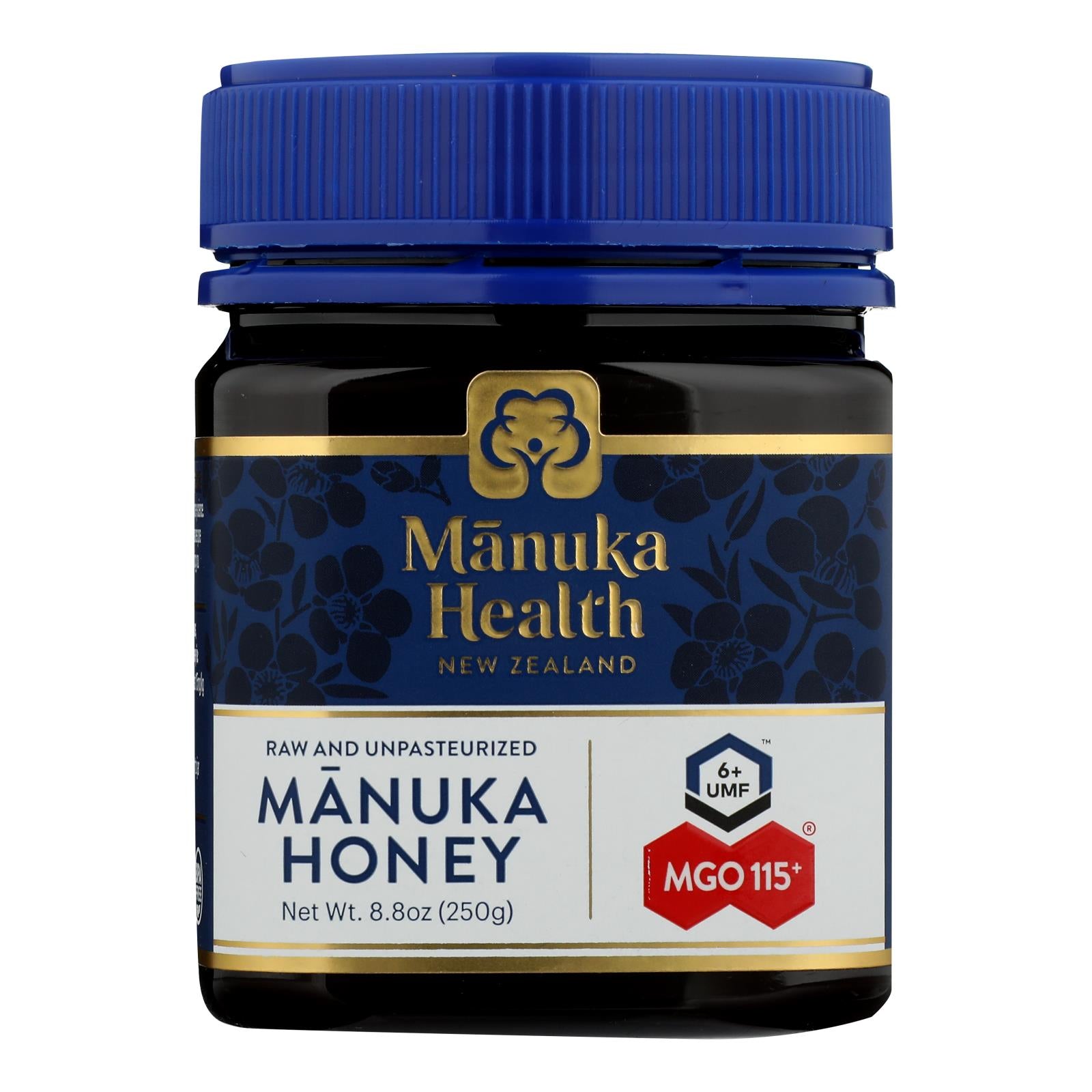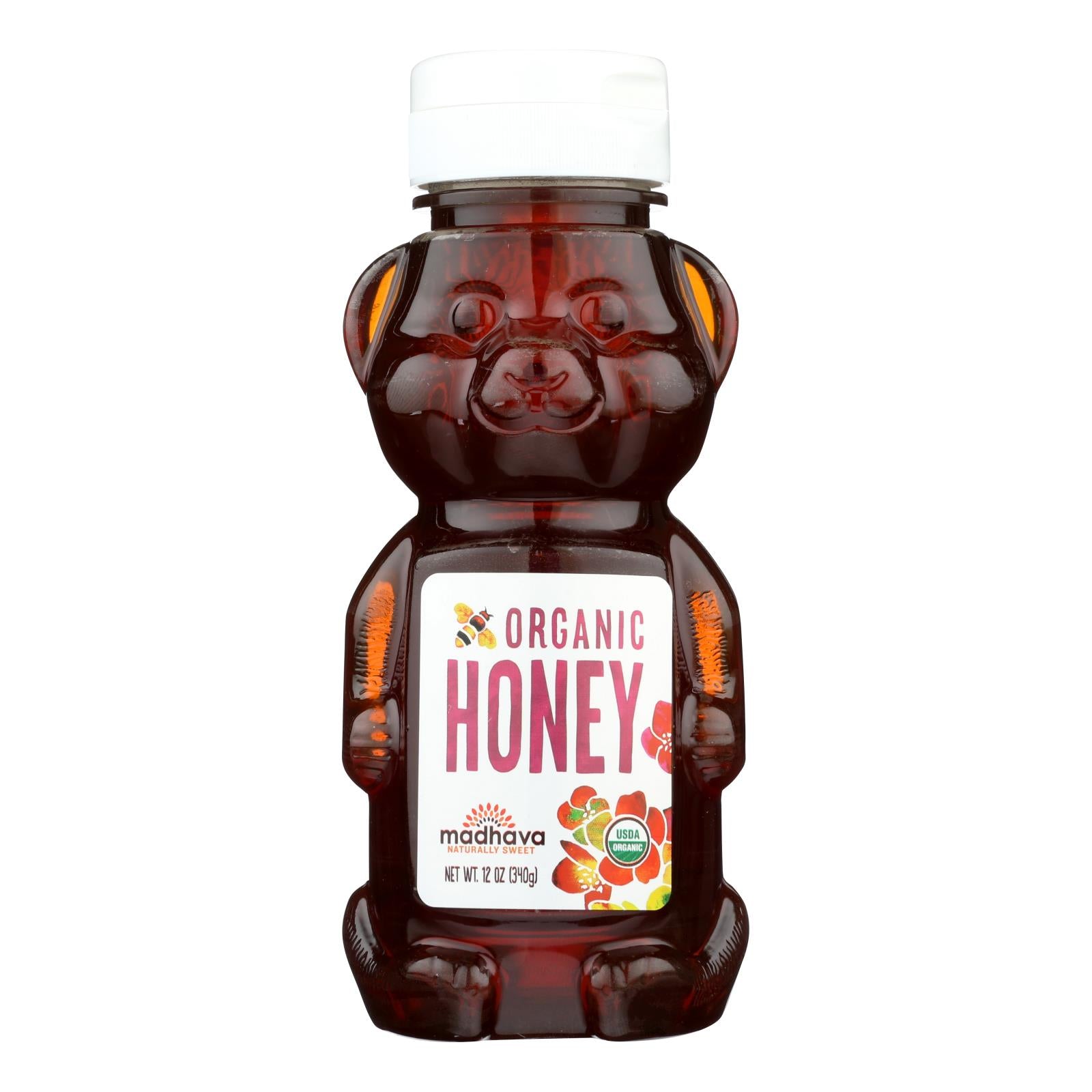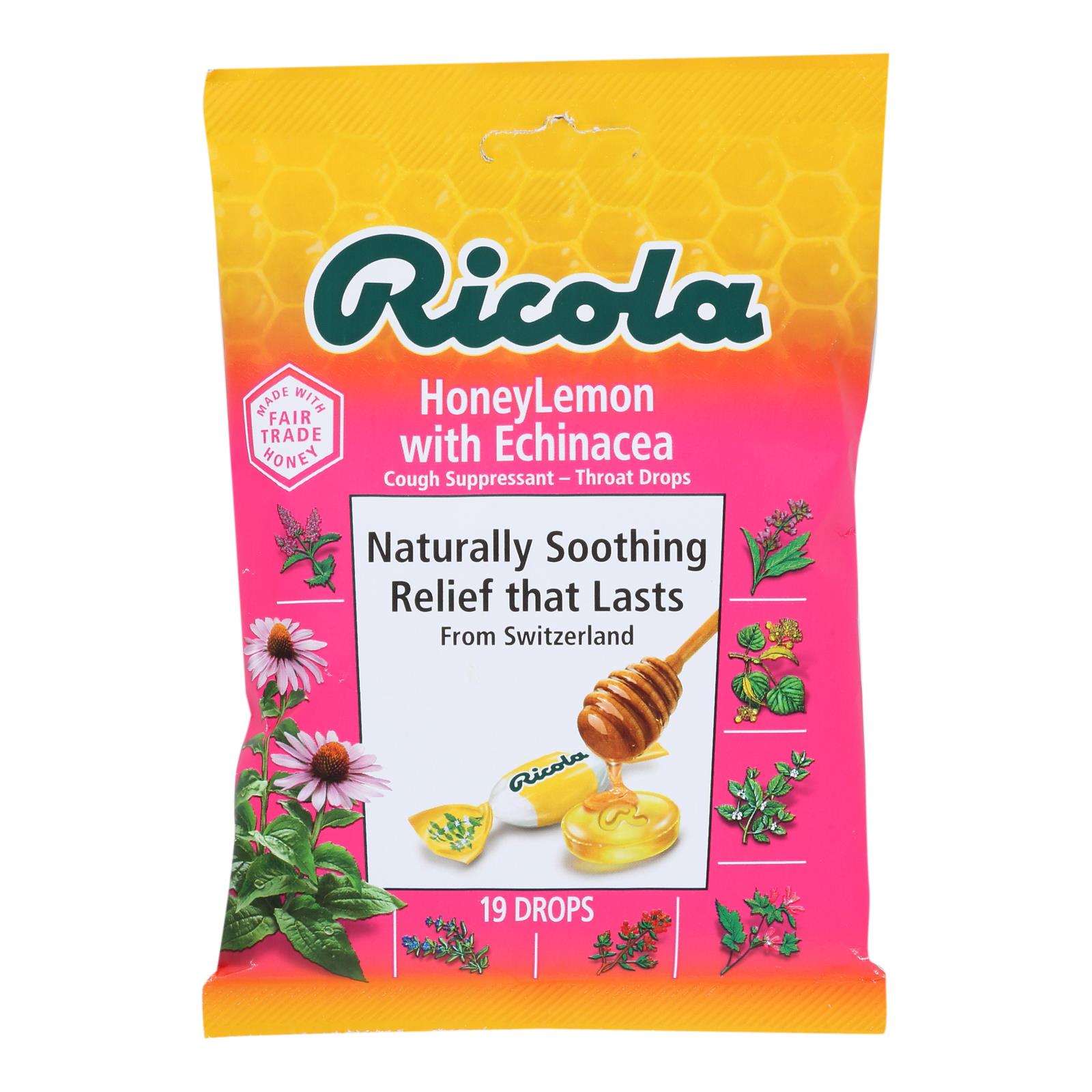Navigating the Sweet Trends: US Honey Production and Consumption
As we delve into the nuanced world of honey, a glance at the recent trends in US honey production and consumption reveals an intriguing narrative. The bar charts at hand not only showcase the ebbs and flows of honey production but also mirror our changing relationship with this ancient nectar.Over the past decade, the honey industry has been buzzing with activity. Production numbers have soared and dipped, painting a picture of resilience and adaptability. In 2020, honey production reached a remarkable high, with beekeepers across the nation collectively producing 617 million pounds of honey. Yet, the following year saw a sudden decline, reminding us of the delicate balance that beekeepers strive to maintain against environmental and economic challenges.
On the consumer side, the bar charts tell a story of growing appetite for honey. The average American's consumption climbed steadily, hitting a sweet spot in 2018 with 1.71 pounds of honey per person. But just as with production, consumption too faced a downturn, as seen in the recent drop to 1.40 pounds per person in 2021.
Amidst this fluctuating landscape, the price of honey has consistently trended upwards, marking a rise from $1.60 to $2.41 per pound from 2010 to 2021. This increase is a testament to honey's enduring value, both as a culinary staple and a healthful delight.
As we explore these sweet trends, it's clear that honey remains an integral thread in the fabric of American food culture—a thread woven through the efforts of diligent bees and the beekeepers who steward them, all the way to the breakfast tables and kitchen counters across the country.

The bar charts depict a fascinating journey of honey production and consumption in the United States over a decade, from 2010 to 2021. It's clear that the production of honey has experienced a general upward trend, peaking in 2020 with a production of 617 million pounds. Despite this peak, there was a notable drop in 2021, where production decreased to 513 million pounds. On the consumption side, there's a steady increase in per capita consumption, which rose from 1.20 pounds per person in 2010 to a high of 1.71 pounds in 2018, before slightly dipping to 1.40 pounds in 2021. This suggests that while more honey is being produced, the amount consumed by each person has varied year by year. The price of honey has also seen a rise, from $1.60 per pound in 2010 to $2.41 in 2021, reflecting perhaps the increasing value of this natural sweetener in the market. The data highlights the dynamic nature of the honey industry, influenced by various factors that affect production, consumption, and pricing.
Types of Honey
Each jar of honey is a whispered tale of the terrain from which it hails. The light, almost transparent Acacia honey whispers of delicate spring blossoms, while the deep, dark tones of Buckwheat honey carry the robust essence of earth and molasses. These varieties are just the beginning—there's a myriad of others, each with a signature hue and heritage, from the citrus-kissed Orange Blossom to the rare Manuka, a treasure from the far-off lands of New Zealand.
Tastes of Honey
The palette of flavors in honey is as vast as nature itself. Bees, in their diligent foraging, imbibe nectar from various flowers, imprinting each batch of honey with a fingerprint of flavors—from the light, whimsical notes of Clover to the bold and spicy undertones of Wildflower varieties. This natural nuance ensures that whether one's preference leans toward the subtly sweet or the daringly bold, the world of honey has a perfect match.
Health Benefits of Honey
Beyond its taste, honey is a bastion of health benefits. Its antibacterial properties make it a natural remedy for soothing sore throats and aiding in wound healing. The antioxidants present in honey are allies in the fight against free radicals, bolstering our immune system. As a natural energy booster, it’s a stalwart companion for athletes and students alike. Furthermore, honey's prebiotic qualities are a boon for digestive health.
Environmental Challenges of Bees and the Industry
Yet, as we savor honey's sweetness, we must not forget the environmental challenges that bees and the honey industry face. Habitat loss, climate change, and pesticides pose dire threats to bee populations, which are vital pollinators for our ecosystems. Supporting sustainable practices in beekeeping and choosing ethically sourced honey can contribute to the health of bee colonies and the integrity of the industry.
With Cozy Farm’s honey, each spoonful is not just a taste experience but a step towards sustaining the delicate balance of nature’s pollinators. The data speaks volumes—with an all-time high in consumption, it's clear that the demand for this liquid gold is not waning. Yet, as consumers, we hold the power to influence the industry through conscious choices and support for sustainable practices.
Dive into the world of honey with Cozy Farm, where every jar is a testament to quality, purity, and a commitment to the environment. From the floral-fringed fields to your table, we ensure that every drop of honey not only tantalizes your taste buds but also contributes to the well-being of the planet. Discover the types, indulge in the tastes, and embrace the health benefits as you add the sweetness of Cozy Farm’s honey to your daily life.
Here we propose some of the Cozy Farm's Best Selling honey products.
Ricola Cough Drop Echinacea Honey Lemon

Madhava Honey Organic Honey Bear












